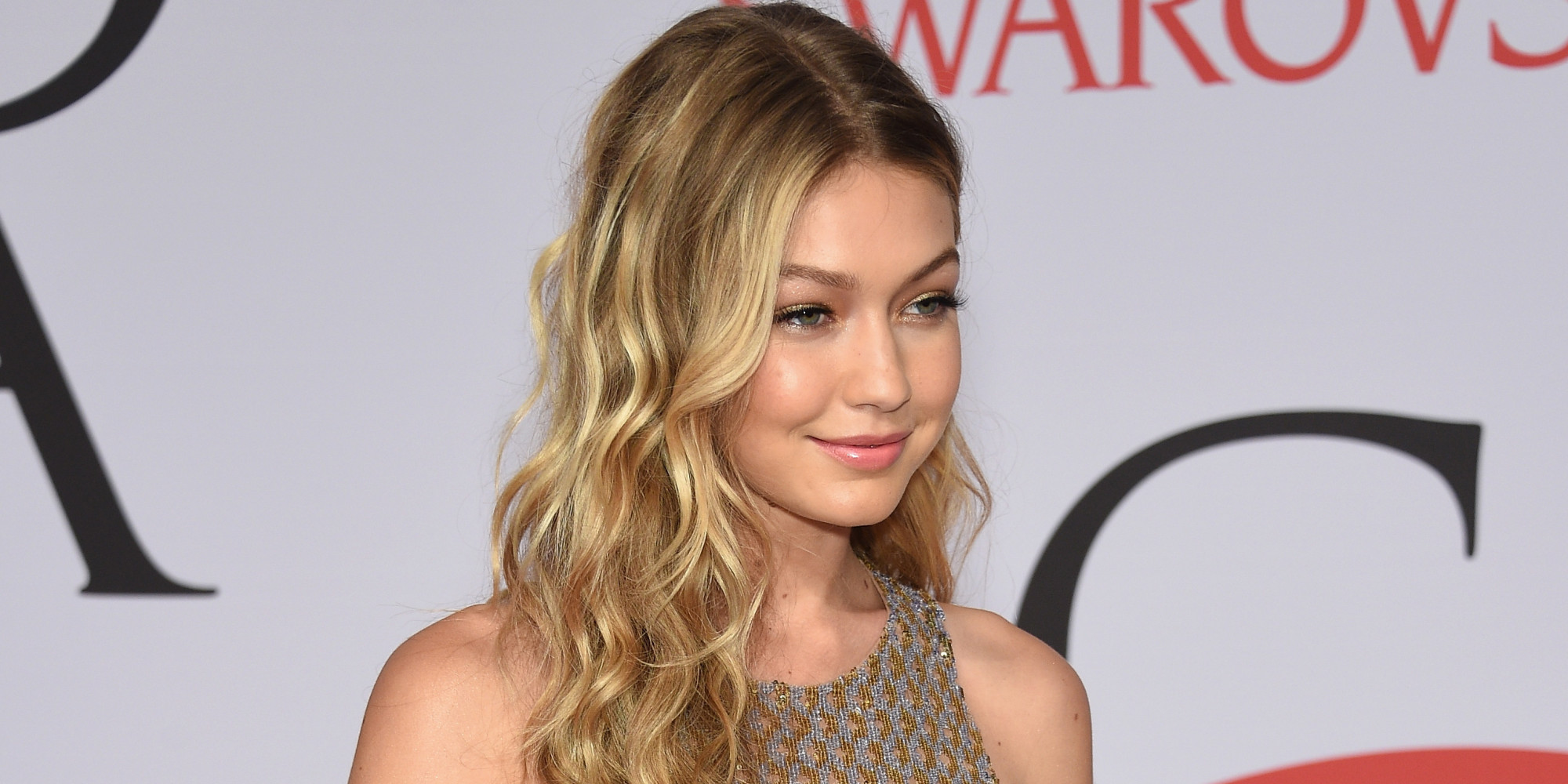One of the most recent posts on Jeremy Scott’s Instagram is an image of supermodel Gigi Hadid. Her skin and lips are painted periwinkle blue, and she is outfitted in a long, orange wool coat from Moschino’s Fall 2018 collection.
Along with the image, Scott orignially captioned the post: ”The only thing illegal about this alien is how good she looks!”
Many have criticized the caption for making light of the immigration issues in the United States. With the recent controversy over Trump’s “zero tolerance” immigration laws and the family separation that occurs at the border, it makes sense that the backlash against Scott’s statement has been fierce.
After the criticisms kept pouring in, Scott changed the caption to something a bit less trivializing of an important issue.
“Alien Nation! @gigihadid stars in my new @moschino campaign …. What is an ‘alien?’ The concept of my ad campaign is to bring attention to the US administration’s harsh stance towards ‘illegal aliens’. I painted the models in my show and this campaign as a way to open a discussion on what exactly an ‘alien’ is – are they orange blue yellow green? Does this matter? They are our friends, neighbors, co workers, relatives and people we love.”
https://www.instagram.com/p/BkdR4uAlPX0/?hl=en&taken-by=itsjeremyscott
The question still stands, then, why Moschino and Scott chose to hire predominantly white models, with the exception of South Korean-American model, Soo Joo, to represent the plight of Central-American immigrants.
This is not the first time Hadid has been critiqued for her involvement in fashion campaigns that end up insulting or appropriating another culture and/or ethnicity.
In 2015, Hadid appeared in a Vogue Italia spread where she posed in multiple colorful afro wigs.
https://twitter.com/abstractnights/status/664634139312717824
Besides the fact that choosing a white woman to wear a traditionally black hairstyle instantly strips the style of its cultural significance, it would have been infinitely more appropriate to simply cast a black model in the piece. Just because Hadid is the current fashion It Girl does not mean she is the only model who is Vogue-worthy.
Disappointingly, Hadid failed to learn her lesson and, one year later, sported rainbow dreadlocks on the runway of a Marc Jacobs fashion show. It’s true that models do not have complete jurisdiction over the makeup, hair and styles that they don for runways and shoots, but they do always have the choice to opt out if the representation is offensive, as many of Hadid’s work have been.
Then, just last month, Hadid covered another issue of Vogue Italia. In this one, the model is spray-tanned to a ridiculous degree, and many have claimed that the disparity between her true skin color and the one featured hints at blackface.
The common thread of all of Hadid’s offensive instances is that of false ethnicity. If fashion designers and photographers want to do justice to a culture or ethnicity by representing it on the runway or a magazine, the right way to go about it is to hire a model of that ethnicity. No need for a white model to wear blackface or an afro wig.

















